It’s 1994. John Major is in Number 10, Michael Schumacher is embarking on his dominance of Formula 1 and Oasis and Blur are fighting for supremacy of the airwaves.
It is also the greatest year in the history of the car. The best year of the car? What is this nonsense? How can you pick one year from more than a century of car production as the best ever?
I’m perfectly serious and here’s why. Throughout the history of the car, there have been some great machines. In the year of my birth, 1962, a couple of real crackers made their debuts: the AC Cobra and the Lotus Elan: one a stunning sports car of the old school in style and engineering but with tremendous firepower from a new generation of lightweight American V8, and the other totally new in thinking with a fibreglass body, spine chassis and suspension from one of the greatest geniuses in automotive engineering. Both cars were fantastic road cars and winners on the race track.
As I was growing up in the late 1960s and early 1970s, other great cars came along – several of which, when I was old enough to drive, I actually owned. I got to drive some of the older stuff too, including Elans and Cobras. Brilliant cars. The latter was brutally fast and the former delicate with exceptional handling. Incredible to drive but a nightmare to own: part-time electrics, a chassis prone to rust, doors with gaps wide enough to let rodents in and a heater that was barely effective. I nearly bought an Elan. I went to test drive it with the then Mrs Goodwin.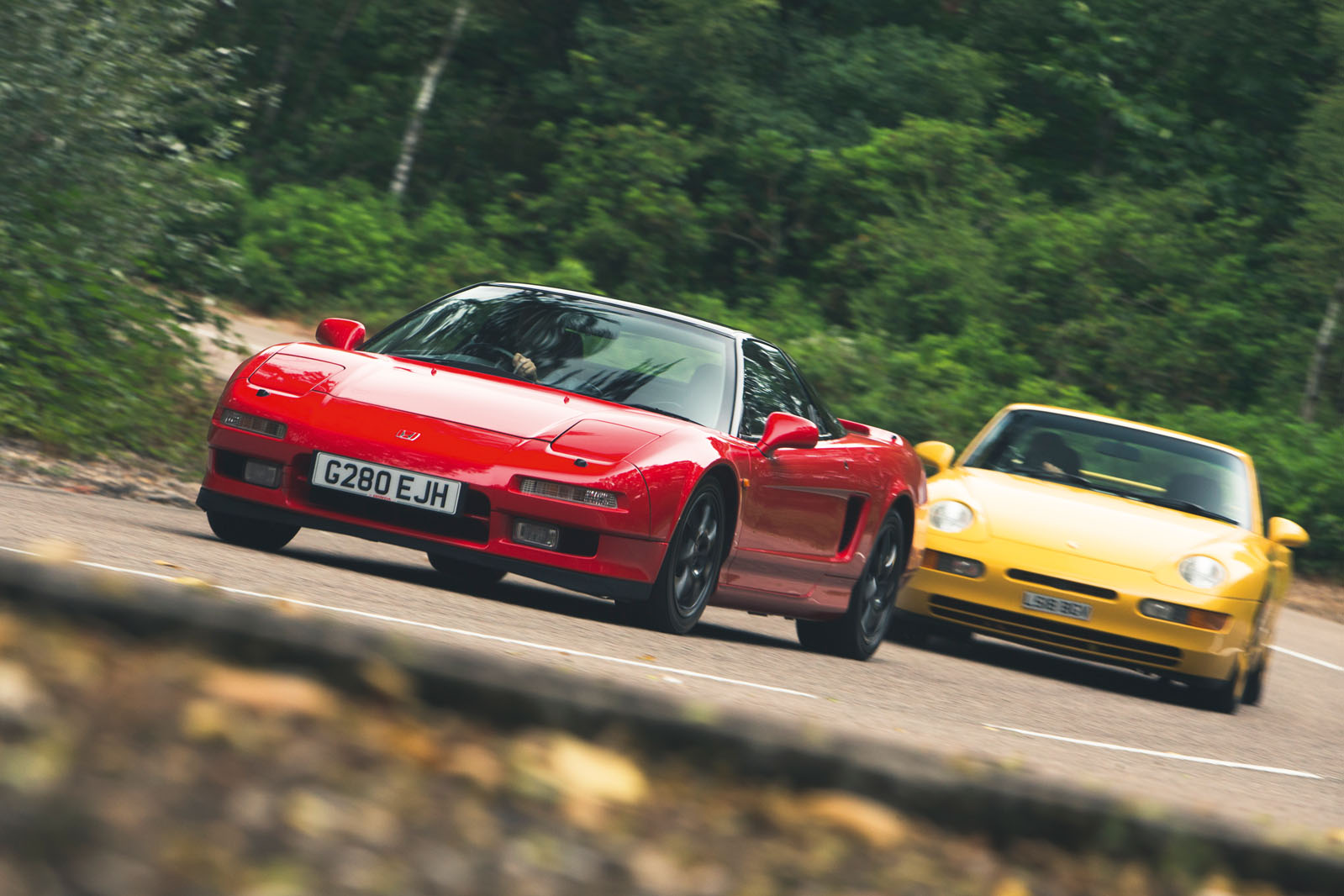
After about five miles, the bonnet popped open, tore itself off and sailed away over the top of the car. We weren’t going to be buying an Elan, I was told. Instead, we bought a Datsun 240Z: a great-looking car but not particularly sporty, and it was rusting away in front of our eyes. In the late 1980s, I started as a motoring journalist and began driving the new cars of the day. It was a great era. One of the first cars that I tested was the then new Lancia Delta Integrale. I couldn’t believe how quick it was and how sure-footed it felt in the rain. I also remember my first drive in a Lotus Esprit Turbo.
It was an SE and was the first car that we had tested that managed to dip under 5.0sec in the then more relevant 0-60mph test. The Esprit handled in true Lotus fashion but the brakes weren’t up to the job and, also in Lotus tradition, a lot of things didn’t quite work. The air conditioning and electric windows, for example.
But cars were improving all the time. Panel gaps were tightening, brakes were stopping cars better with the added back-up of ABS, reliability was improving and protection against corrosion was taken much more seriously. The cars were getting safer too. By 1994, most of the really irritating flaws in the motor car had been ironed out. Development of the car didn’t stop there as more and more systems and technologies have been developed.

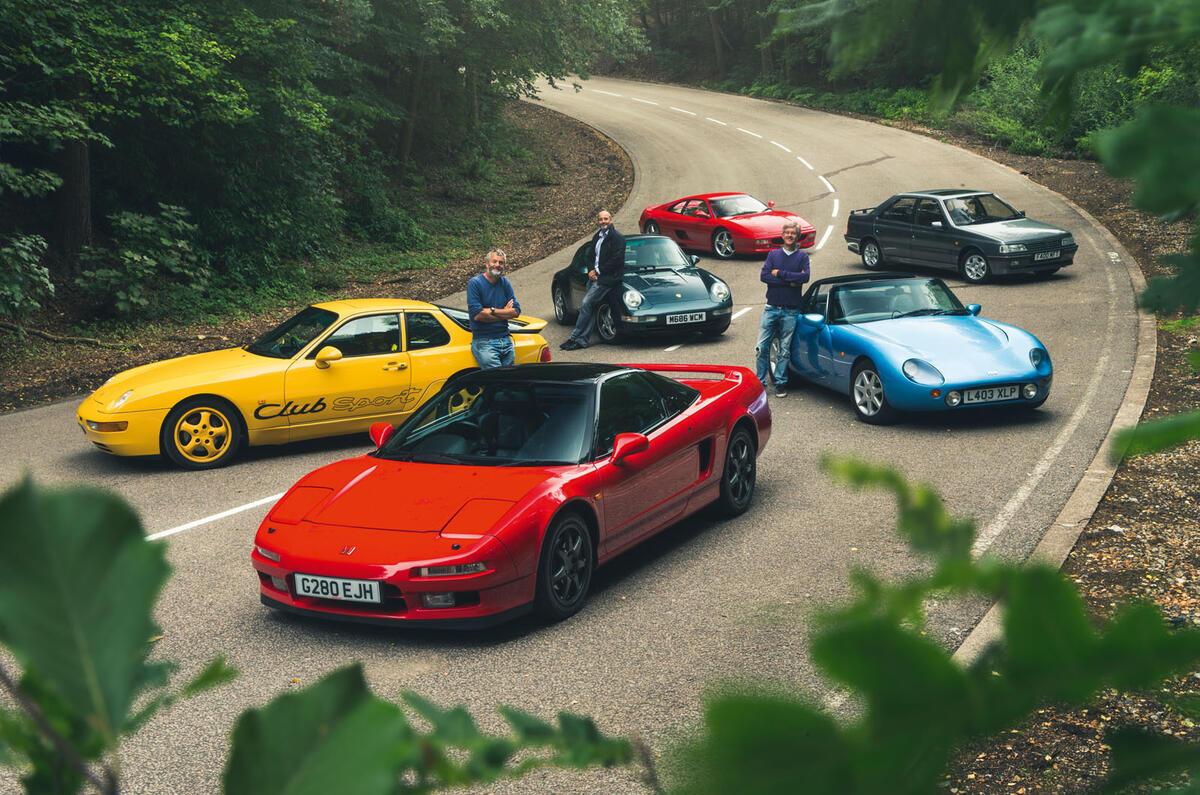


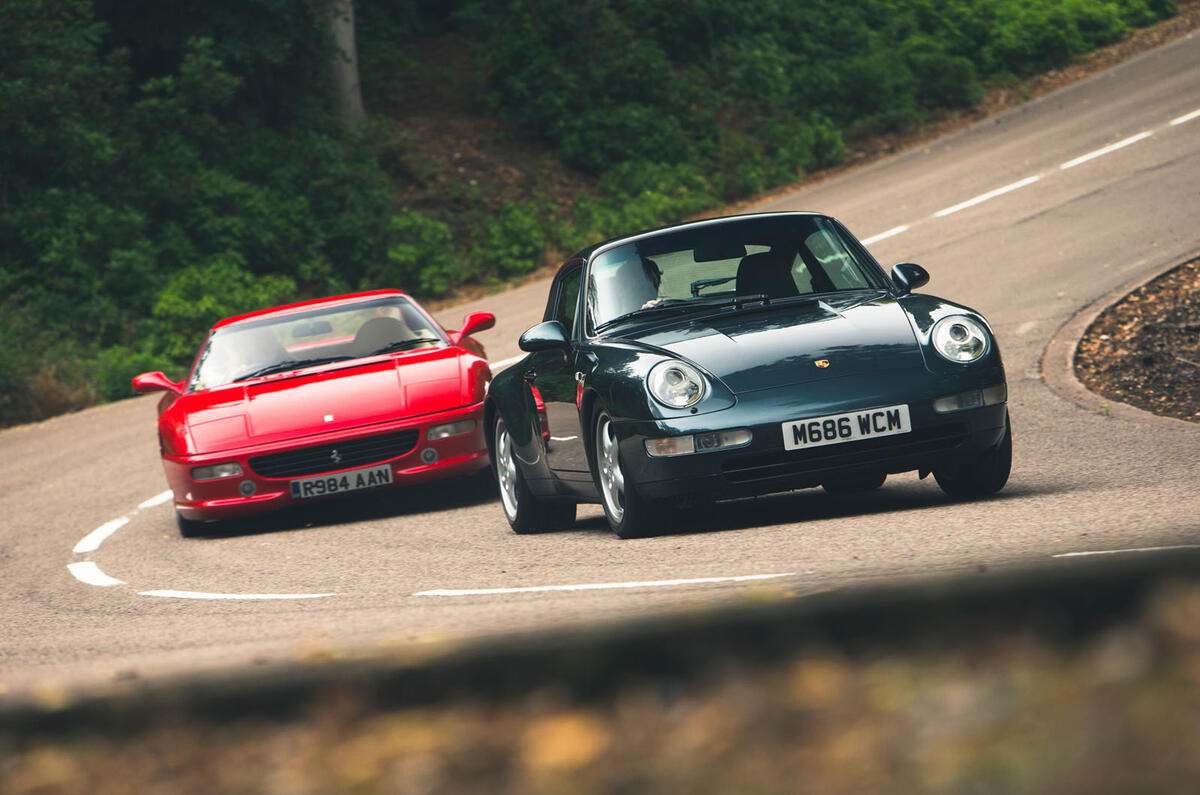


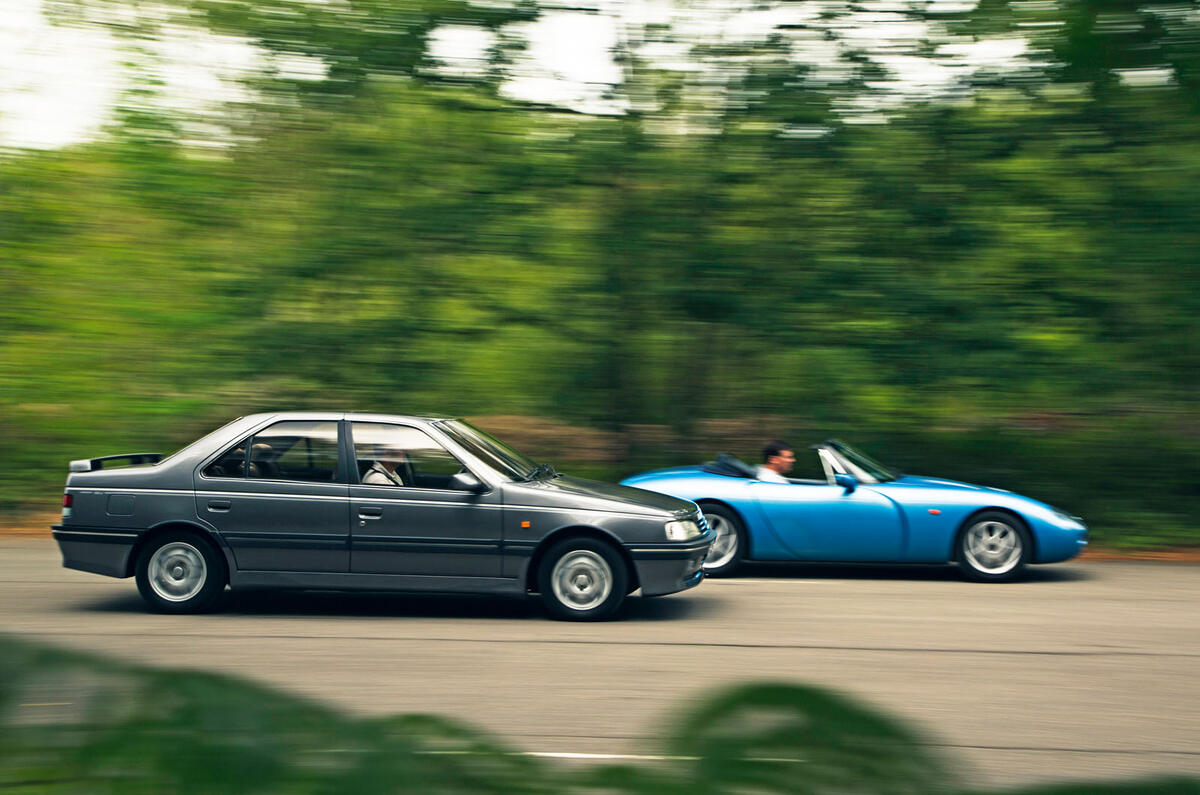





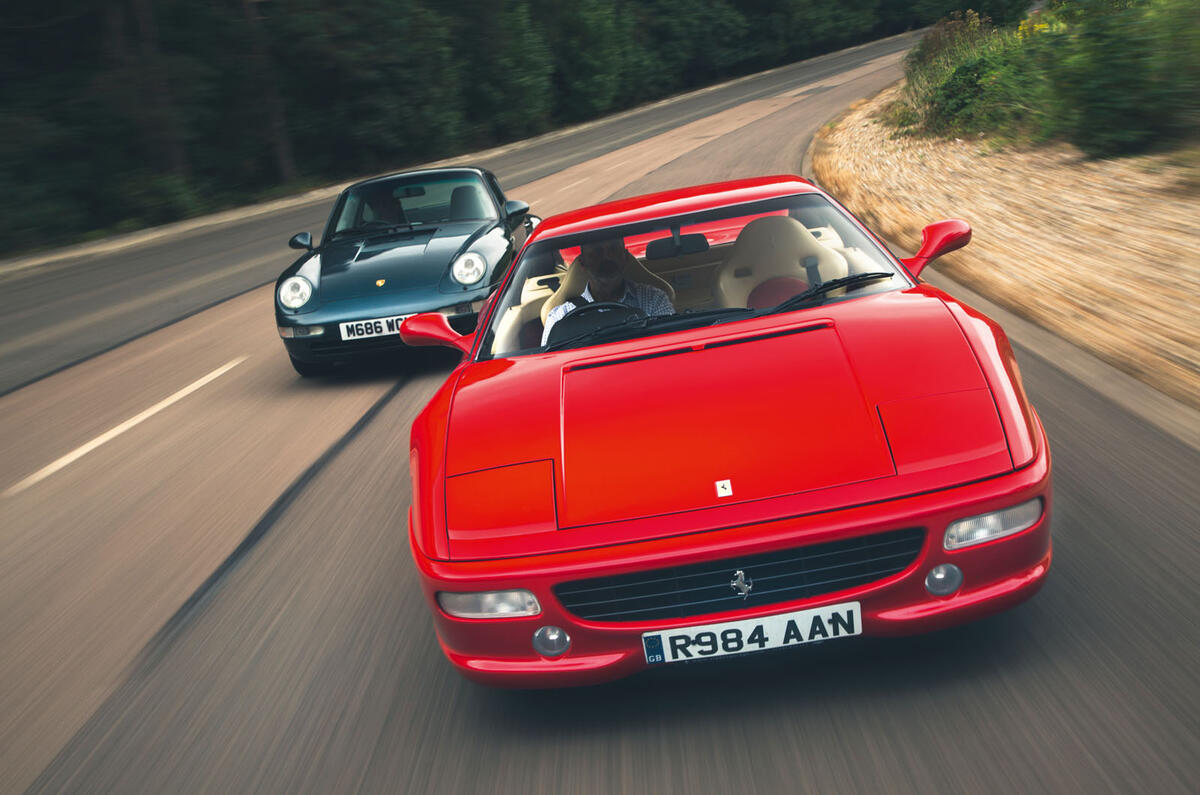





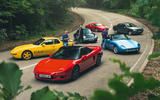































Join the debate
Add your comment
Glad to see the 405 getting coverage
On a different note, this article goes to show what we've lost over the years. For all. The advances in safety, performance and efficiency, the modern car has sacrificed engagement, interaction and feel, sadly I can't see this trend being reversed any time soon.
1994
An upside the current lockdown is that we are seeing and hearing more from Colin G and the more senior Autocar writers - great article. Had a 205 GTI 1.9 in '94, got me into trouble with plod, its exuberance getting the better of me, unrefined but focused on the driving. Drive an R56 JCW mini now, faster more refined but lacking the involvement of the 205 - new mini for all its merits (looks not being one of them), just another diluted 'everyman' car. Also own a '94 Corvette, terrible in a couple of ways (ride, chassis wobble) but has a ton of V8 character, simple mechs and electronics, real steering feel - not for everyone. Might bin both and replace with a Mustang, would i be disappointed with a test drive?
This is an excellent article,
So I agree. If I was choosing a specific period, all things considered, I would choose to buy cars available in the mid 90s for the rest of my life.